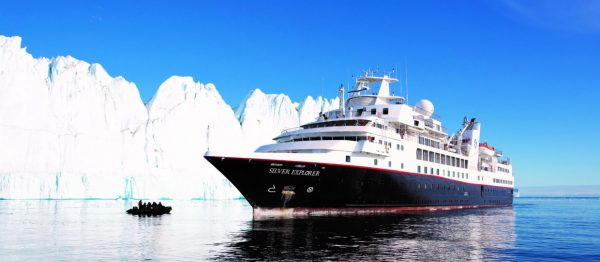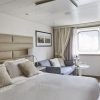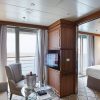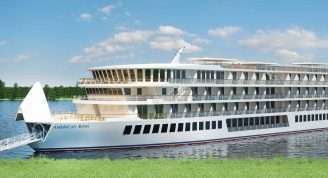Description
A voyage of blue seas and green islands, this voyage is far more than mere tropical paradises. Of course expect lots of sea, sun and sand, but it is the almost mythical quality of the Darien Jungle that will surprise most. Yet even the Darien pales in comparison with Utria National Park; accompanied by our experts, spend two full days exploring its beauty and mystery. Disembark a different person.
Trip Name
Fort Lauderdale (Florida) to Guayaquil Expedition (Silver Explorer)
Days
20
Overview
Vessel Type: Luxury Expedition
Length: 108 metres
Passenger Capacity: 144
Built / refurbished: 1989 / 2008 / 2018
Silversea’s purpose-built luxury Silver Explorer expedition cruise ship has been designed specifically for navigating waters in some of the world’s most remote destinations, including both of earth’s polar regions. A strengthened hull with a Lloyd’s Register ice-class notation (1A) for passenger vessels enables the Silver Explorer Expedition Cruise Ship to safely push through ice floes with ease. A fleet of 12 Zodiac boats allows Silversea Expedition guests to visit even the most off-the-beaten path locations and an expert Expedition Team provides insight and understanding to each unforgettable Silver Explorer luxury cruise adventure.


















